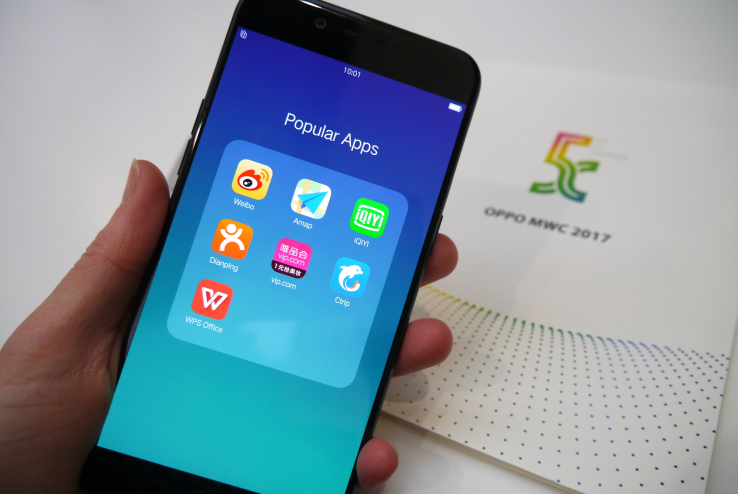

The global smartphone market grew 9.1 per cent in the first quarter of this year, according to Gartner’s latest stats, and growth is being driven by a trio of Chinese device makers.
Smartphone sales in the quarter totaled 380 million units, with China’s top three mobile makers, Huawei, Oppo and Vivo, collectively carving out almost a quarter (24 per cent) of those sales, according to the analyst, up seven percentage points year on year.
The analyst says smartphone buyers are spending a bit more to get a better device, which is pushing up the average selling prices of devices and positively affecting the three makers as they have focused on adding higher end features at affordable price points.
Aggressive marketing and sales promotions have also helped the three grow by taking share in markets such as India, Indonesia and Thailand.
The top two smartphone makers by global marketshare, Samsung and Apple, faired less well. Samsung’s sales declined 3.1 per cent in the first quarter of 2017, to leave it with 20.7 per cent of the market. While Apple’s sales were flat, meaning its marketshare shrunk to 13.7 per cent down from 14.8 per cent year on year.
While Samsung has said preorders for the Galaxy S8 and S8 Plus were up 30 per cent year on year, Gartner flags the absence of the Note 7 — which the company recalled and ultimately discontinued last year after problems with exploding batteries — as a contributing factor to its Q1 sales decline, along with what the analyst dubs “fierce competition” at the entry level smartphone segment that’s playing into the hands of the Chinese device makers.
Apple is also increasingly facing fierce competition from Chinese brands, Gartner says, dubbing its performance in the market as “under attack” — and noting that third placed Huawei edged closer, racking up sales of 34 million units in the quarter.
Despite Huawei holding third place in the global smartphone ranking steadily for multiple years it’s also under pressure from domestic upstarts, with Oppo continuing to catch up — growing its sales 94.6 per cent in the quarter and retaining its number one position in China.
Fourth placed Oppo’s focus on selling via a large network of bricks-and-mortar retailers is helping it beat market incumbents such as Samsung and Huawei, according to Gartner, while its focus on camera, fast charging and offline retail has helped it grow sales internationally.
Fifth placed Vivo sold close to 26 million smartphones in the quarter, grabbing 6.8 per cent marketshare, with growth of 84.6 per cent. Gartner says it’s seeing growth from emerging markets in Asia/Pacific, including India, where Vivo’s sales grew more than 220 per cent.
How far can Android go?
On the OS front, it’s very clearly now a tale of two: Android and iOS, with Chinese smartphone makers’ success helping Google’s platform grow its share by two per cent in the quarter, to take 86.1 per cent of the market. While iOS declined from 14.8 per cent to 13.7 per cent, year over year.
Gartner says it expects continued growth from Android thanks to Google’s announcement of Android Go, which targets the entry-level smartphone segment. So the question really is how far can Android go in terms of marketshare?
The ‘other’ smartphone OS category shrank to just 0.2 per cent marketshare, clocking sales of around 820,000 units in the quarter.

